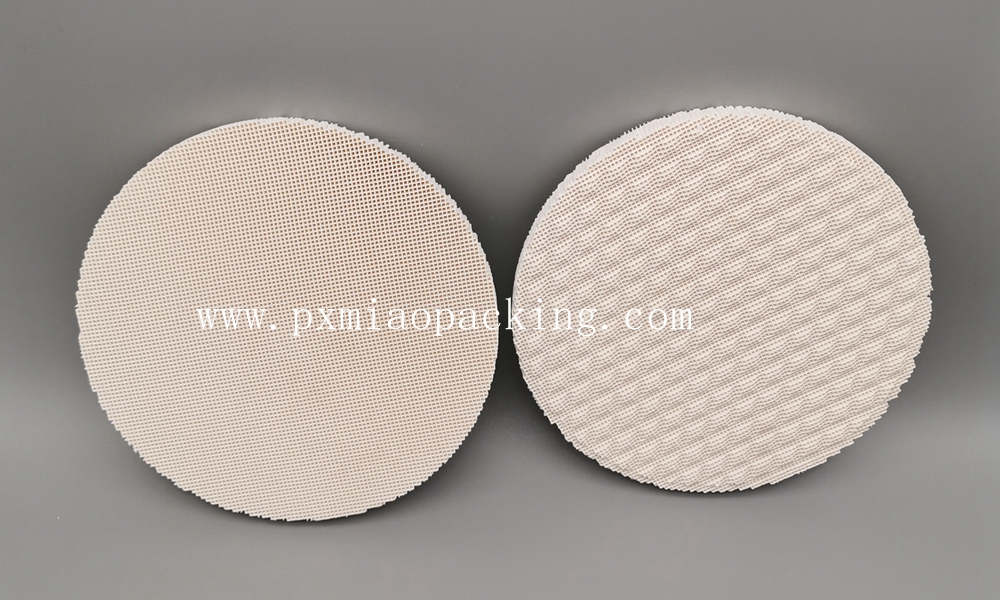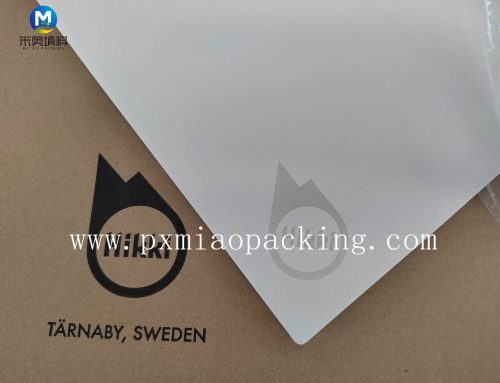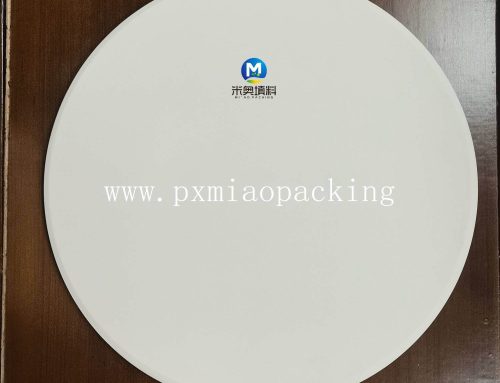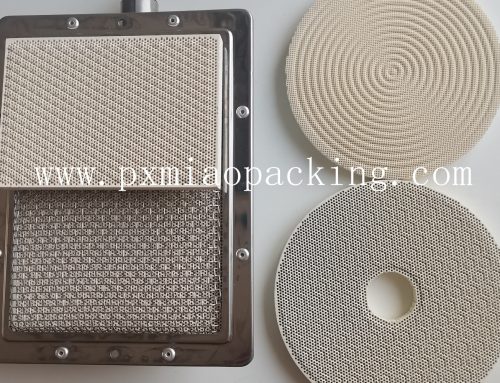The heart of many modern gas appliances rests on an innovative element – the infrared gas burner ceramic plate. This unique component, often crafted from cordierite material, is capable of withstanding high temperatures up to 1050 degrees Celsius. Essential for direct contact with flame, these ceramic plates exhibit a noteworthy ability to maintain a steady temperature, all the while ensuring no open flames appear on their surfaces.
The design of infrared ceramic plates is not to be mistaken with that of the ceramic panels used in gas stoves. While the latter are smooth and designed for easy cleaning of oil and dirt, infrared ceramic plates are textured, patterned, and punctuated with tiny holes. These characteristics make them perfect for facilitating combustion in the heart of the stove.

Infrared ceramic plates predominantly come in two shapes: round and square. The square type is usually seen in home heaters and barbecue grills, compatible with both liquefied petroleum gas (LPG) and natural gas, providing energy-efficient and safe indoor heating. The barbecue burners, on the other hand, offer a superior grilling experience for foods such as steak and duck.
The round infrared ceramic plates are designed for domestic gas stoves, a common feature in many homes today. This choice reflects the increasing commitment to energy conservation, environmental protection, and enhancing the operational temperature of gas stoves.
The ceramic plates’ functioning mechanism is as intriguing as their design. The gas, whether LPG or natural gas, ignites directly beneath the ceramic plate, causing the plate to heat up and glow red. As the gas is burned, the heat generated is absorbed and evenly distributed across the surface of the plate. This creates a high-temperature radiant heating surface, which gives off infrared radiation.
Infrared radiation, also known as infrared light, is a type of energy invisible to the human eye but can be felt as heat. This heat is then utilized in various applications such as cooking on a gas stove or heating in a gas heater.
The plate’s porous texture is paramount to its function. The small holes and rough surface allow for the efficient mixture of gas and air, promoting thorough combustion and minimizing waste. This results in a more uniform and efficient heat distribution, reducing energy consumption and contributing to an overall greener footprint.
As an added advantage, the ceramic plate’s high-temperature tolerance ensures there is no open flame. This feature significantly reduces the risk of accidents, ensuring a safer cooking or heating experience.
Infrared gas burner ceramic plates in gas stoves operate by converting gas into infrared radiation through a highly efficient combustion process. These unique ceramic plates enhance safety, efficiency, and environmental friendliness in our everyday gas appliances.
By leveraging innovative materials and design, these ceramic plates are revolutionizing how we perceive and use gas appliances, setting new standards for efficiency and safety.



